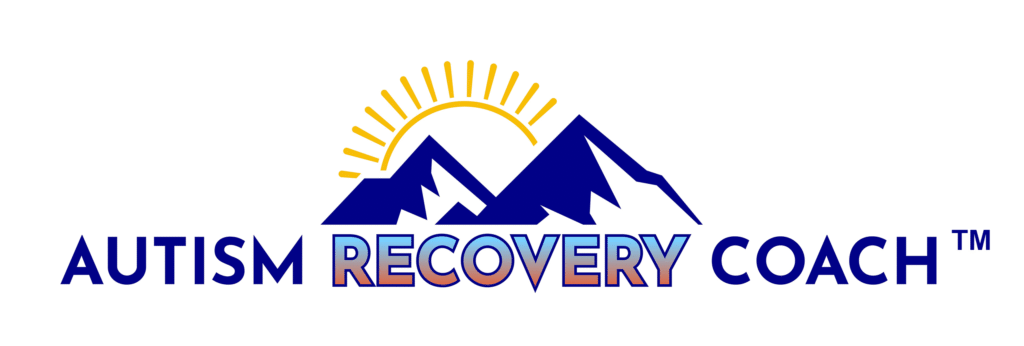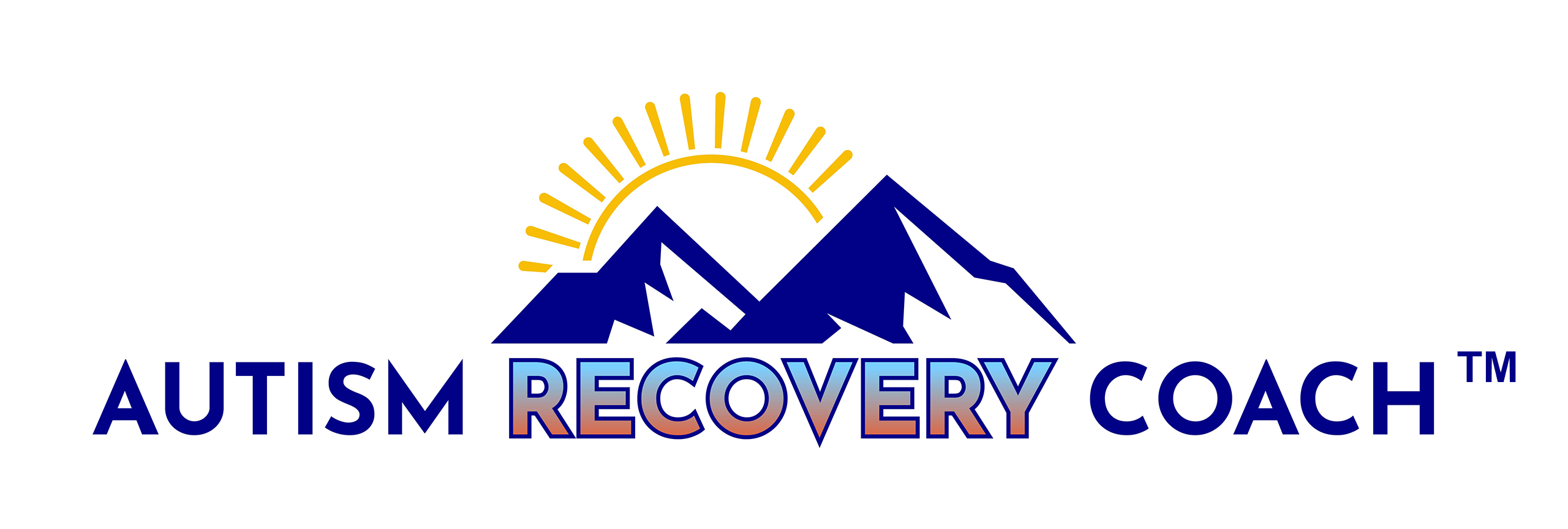Understanding and addressing sensory behaviors in autism can be a complex journey, but with the right guidance, it becomes a path toward unlocking the full potential of individuals on the spectrum. In this blog post, we’ll explore practical tips for navigating these behaviors.
Tip 1: Collaborate with an Autism Specialist Consultant
Autism specialist consultants play a pivotal role in unraveling the intricacies of sensory behaviors. These professionals bring a wealth of knowledge to the table, aiding both individuals with autism and their families in comprehending the signals that may seem mysterious at first.
When facing sensory challenges, partnering with an autism specialist consultant is the first step. They offer tailored guidance, equipping families with the tools to effectively understand and manage sensory behaviors.
Tip 2: Recognize Sensory Triggers
Autism treatments emphasize the importance of identifying sensory triggers. An autism specialist consultant helps pinpoint specific stimuli that may provoke adverse reactions. This targeted approach allows for a more precise and customized strategy in addressing sensory challenges.
Tip 3: Sensory-Friendly Spaces
Designing sensory-friendly spaces at home is essential. Autism specialists recommend minimizing clutter, using calming colors, and incorporating sensory tools like fidget spinners or weighted blankets to create a soothing atmosphere.
Tip 4: Consistent Routines
Consistency is key. Autism treatments underscore the significance of predictable routines. Establishing a structured daily schedule, with clear transitions and visual cues, helps individuals with autism feel more secure and in control.
Tip 5: Sensory Diet Plans
Developing a sensory diet plan, in consultation with a specialist, can be transformative. This plan includes activities that cater to an individual’s sensory needs, such as tactile play, swinging, or deep-pressure exercises.
Tip 6: Explore Various Textures
Encouraging exposure to different textures is a simple yet effective strategy. Autism treatments frequently involve touching various textures, fostering sensory integration and desensitization.
Connect with Christopher Soppet at Autism Recovery Coach for Autism Support for Families
In conclusion, decoding sensory behaviors is a collaborative effort that involves the expertise of autism specialist consultants and proactive measures by families. By implementing these tips and seeking guidance, individuals with autism can thrive in environments tailored to their unique needs.
For personalized guidance on understanding and addressing sensory behaviors in autism, consider reaching out to Christopher Soppet, a certified health coach and chemist at Autism Recovery Coach.
Soppet’s expertise can provide invaluable support on the journey towards unlocking the full potential of individuals with autism. Christopher offers ASD coaching for children and adults, providing personalized support to help individuals navigate the challenges associated with Autism Spectrum Disorder.
Get in touch today to learn more!



